Cause + Code: The New Impact Formula
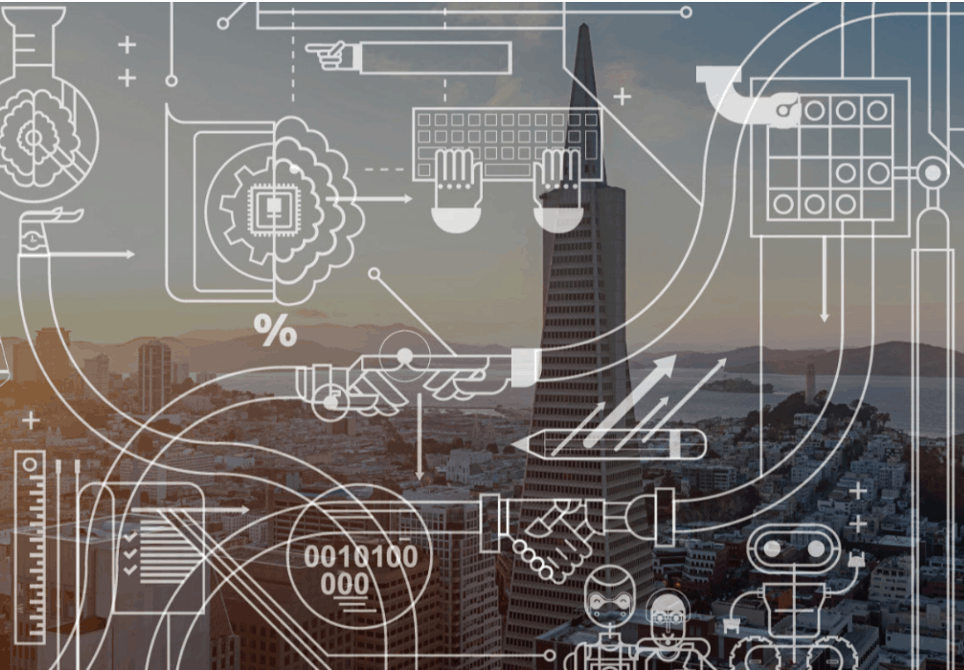
Want to make a difference? There are a growing number of resources that can help.
Getting Beyond Better is a new book from the Skoll Foundation about how social entrepreneurs “target systems that exist in a stable but unjust equilibrium and transform them into entirely new, superior and sustainable equilibria.”
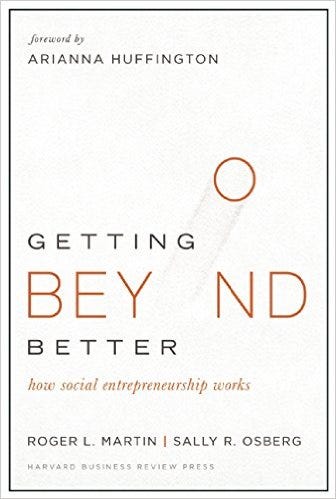
Ashoka offers advice to changemakers:
- Get inspired
- Explore the marketplace
- Pitch your story
- Build a strong team
- Improve your impact
- Create financial sustainability
- Learn how to build partnerships
- Collaborate for systems change
The Schwab Foundation for Social Entrepreneurship supports people who “pursue poverty alleviation goals with entrepreneurial zeal, business methods and the courage to innovate and overcome traditional practices.”
Adding AI to the Toolkit
These traditional supports for social entrepreneurs are helpful, but increasingly big problems are associated with big data sets that can yield intervention clues. Machine learning, a practical subset of the field of artificial intelligence (AI), is yielding tools that get smarter the more data they interact with.
Dr. Jonathan Pevsner is an example of this new pathway of adding code to cause. He was trained in psychology and pharmacology, but in the mid-90s came to appreciate the big data key to unlocking the genomics to bipolar disorder, autism and schizophrenia. He learned to apply tools of bioinformatics genomics during post-doctoral training at the Stanford and went on to write a textbook in bioinformatics.
Pedro Domingos, a professor at UW, said, “Machine learning touches everybody and every aspect of their lives.” For universities, machine learning, according to Domingos, is the new academic switchboard. Departments work in silos but “all fields talk to machine learning.”
In a quick August survey, we found 101 current applications of AI and machine learning in every walk of life. Increasingly, anyone doing serious research on a big problem is working with big data sets and they’re using machine learning tools to get smarter faster.
This month Stanford launched a 100-year study of AI (AI100) with a report: Artificial Intelligence and Life in 2030. The 16 member study panel issuing the report sees increasingly useful applications of AI, with potentially profound positive impacts on our society and economy emerging by 2030.
The study identifies eight domains where AI is already having or is projected to have the greatest impact: transportation, healthcare, education, low-resource communities, public safety and security, employment and workplace, home/service robots and entertainment.
A sampling of the steering committee and study panel illustrates how AI is being used to attack big issues in society, science and commerce:
- Russ Altman (Stanford) develops computational tools to solve problems in biology and medicine.
- Peter Stone (UT Austin) works on reinforcement learning for robotics (e.g., teaching them to play soccer).
- Barbara Grosz (Harvard) helped establish that field and provides the framework for several collaborative multi-agent and human-computer interface systems.
- Eric Horvitz (Microsoft) works on mind-machine interfaces to improve decision-making
- Deirdre Mulligan (Berkeley) works on privacy and cybersecurity
- Yoav Shoham (Stanford) models philosophy, game theory and economics in multiagent systems.
#GlobalGoals
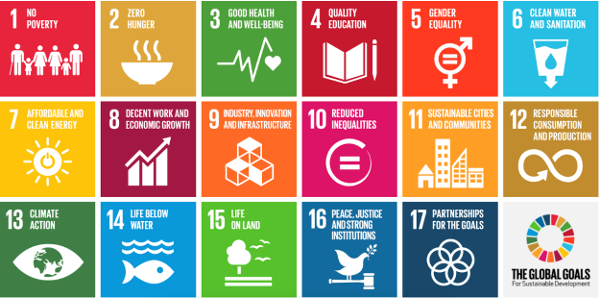
The UN’s #GlobalGoals are 17 challenges that young people should grapple with as core learning experiences in secondary and tertiary education. While some would benefit from a dose of industrial era infrastructure, there are big datasets associated with each goal that can benefit from machine learning tools. A couple of examples are included for each goal below:
1. No Poverty:
- Poverty map of Africa to improve services delivery (Yahoo)
- Find the best insurance coverage at the right cost (IBM)
2. Zero Hunger:
3. Good Health and Wellbeing:
- Digitized health records and all medical knowledge to improve diagnosis (IBM)
- Bioinformatic map of common diseases (Stanford, below)
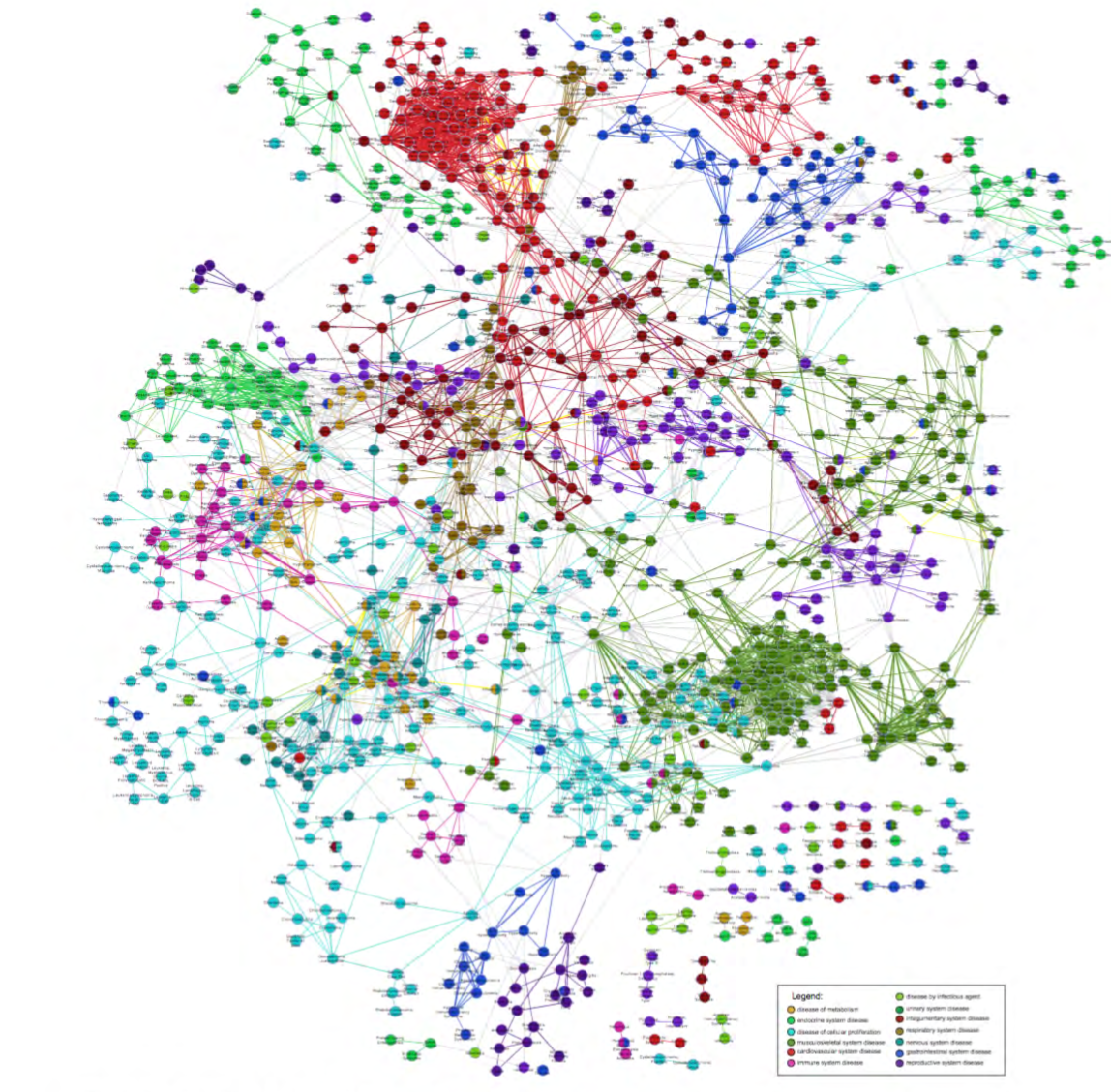
- Reduction of medical errors (H&HN)
- Use social media to diagnosis depression and mental illness (Tech Times)
- Genomic editing — which may be the most important (and scariest) item on the list (Time)
4. Quality Education:
- Personalized learning programs (IBM)
- Intelligent tutoring (Forbes)
- Provides six trait writing feedback (Hubspot podcast)
- Matching teachers and schools (Getting Smart)
5. Gender Equality:
- Identifying gender inequality at work (Fast Company)
- Bloomberg’s Gender Equity Index (Fortune)
6. Clean Water & Sanitation:
- Analysis of lead contamination in Flint water (Talking Machines)
- Models of water consumption (ETH Zurich)
7. Affordable Clean Energy:
- Predicting wind speeds for optimal windmill placement (Researchgate)
- Accurate forecasts to develop a more flexible and efficient electricity system (MIT)
8. Decent Work & Economic Growth:
- Using AI to predict the impact of AI (Analysis Group)
- Reduce repetitive tasks — while eliminating and changing millions of jobs (Stanford)
- Role of education in utilizing AI to boost growth and equity (Brookings)
9. Industry, Innovation & Infrastructure:
- Track and store the movements of automobiles, trains, planes and mobile phones (IBM)
- Prediction of demand, supply, and use of infrastructure (IBM)
- Mobile phone network services (RCRwireless)
10. Reduce Inequality
- Predictive models to improve food distribution (Stanford)
- Analyze crime patterns to reduce bias and enhance safety without loss of liberty (Stanford)
11. Sustainable Cities & Communities
- Analyzing the interconnectedness of different systems in mega-cities (ETH Zurich)
- Predictive models to assist government agencies in prioritizing children at risk (Stanford)
12. Responsible Consumption & Production:
- Predicting food usage to reduce waste (Asian Review)
- Leverage (what will soon be) 150 billion connected devices to boost sustainability (GreenBiz)
13. Climate Action:
- Prediction and management of pollutants and carbon footprints. (IBM)
- Make data centers, power plants, and energy grids more efficient (Money)
14. Life Below Water:
- Explore the oceans (Pulse)
- Model current and future conditions of the world’s oceanic phytoplankton (ensia)
15. Life on Land:
- Driverless tractors (Business Wire)
- Making bus routes smarter (Shanghai Daily)
- Improve the efficiency of public transportation systems (IBM)
16. Peace, Justice & Strong Institutions:
- Quickly find security vulnerabilities (Defense One)
- Anomaly detection using machine vision (IBM)
- Predictive models for crime (IBM)
- Dealing with volatility, uncertainty, complexity and ambiguity (ETH Zurich)
17. Partnerships for the Goals:
- Language translation (Silicon Valley Business Journal)
- Track real-time sentiments of billions of people through social media (IBM)
Beyond Coding
Learning to code can be useful as a career skill. Well taught, coding teaches computational thinking and problem solving. While there is practical value to this impulse, the deeper learning implication of exponential technology is the way it is reshaping lives and livelihoods.
Young people in high school and college should have the opportunity across the curriculum to explore how the world is changing and what they can do to bend the arc of history in a slightly more positive direction. That requires cause + code: a challenge worth engaging in and the data tools to identify the leverage points.
#AskAboutAI is a campaign to equip teachers and parents to help young people ask good questions about the implications artificial intelligence on lives and livelihoods.
For more see:
- Artificial Intelligence is Reshaping Life On Earth: 101 Examples
- 8 Ways Machine Learning Will Improve Education
- Machine Learning: The New Infrastructure for Everything
- 9 Ways Smart Machines Are Improving Your Life
Stay in-the-know with all things EdTech and innovations in learning by signing up to receive the weekly Smart Update.




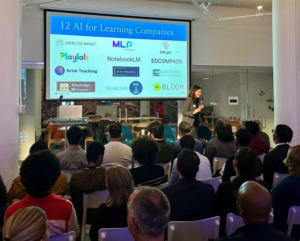
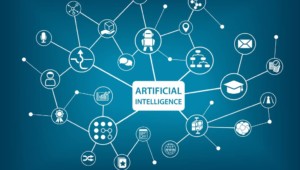
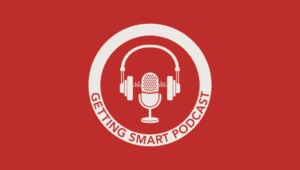
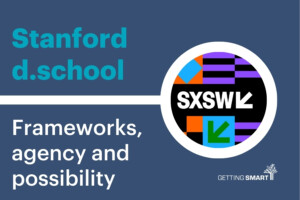
0 Comments
Leave a Comment
Your email address will not be published. All fields are required.